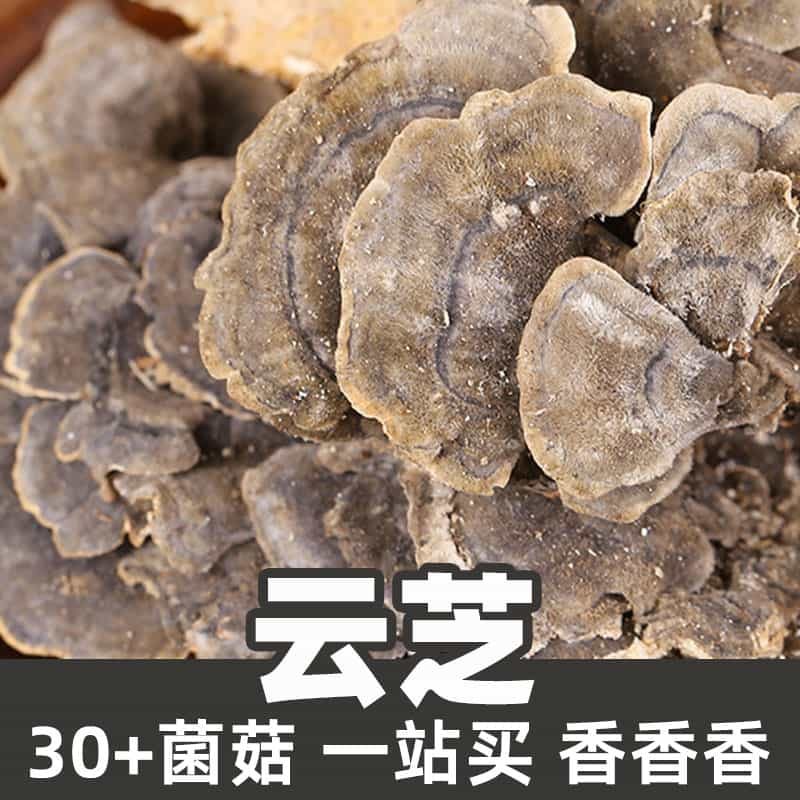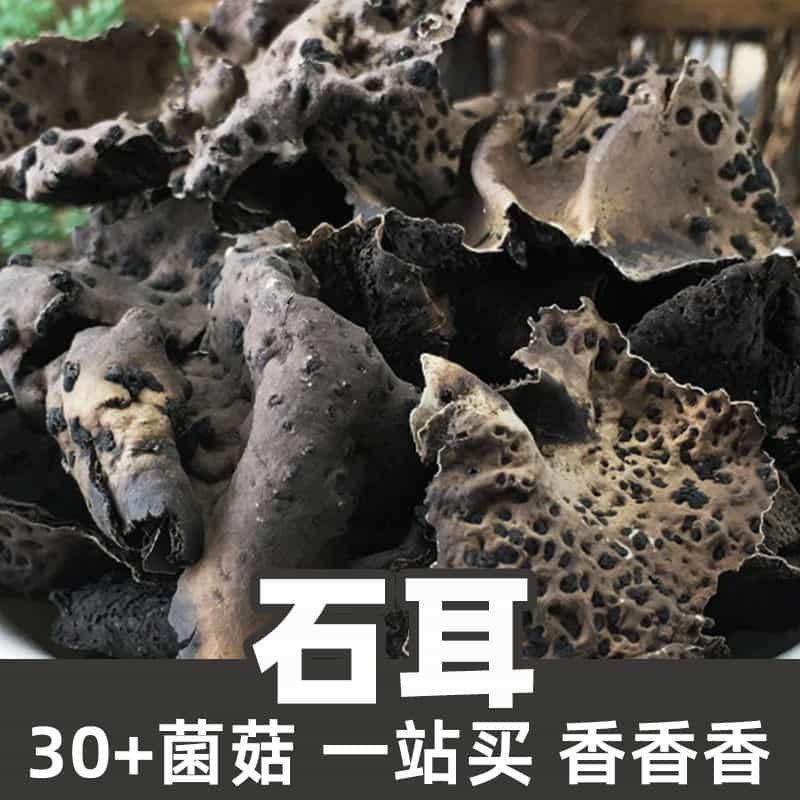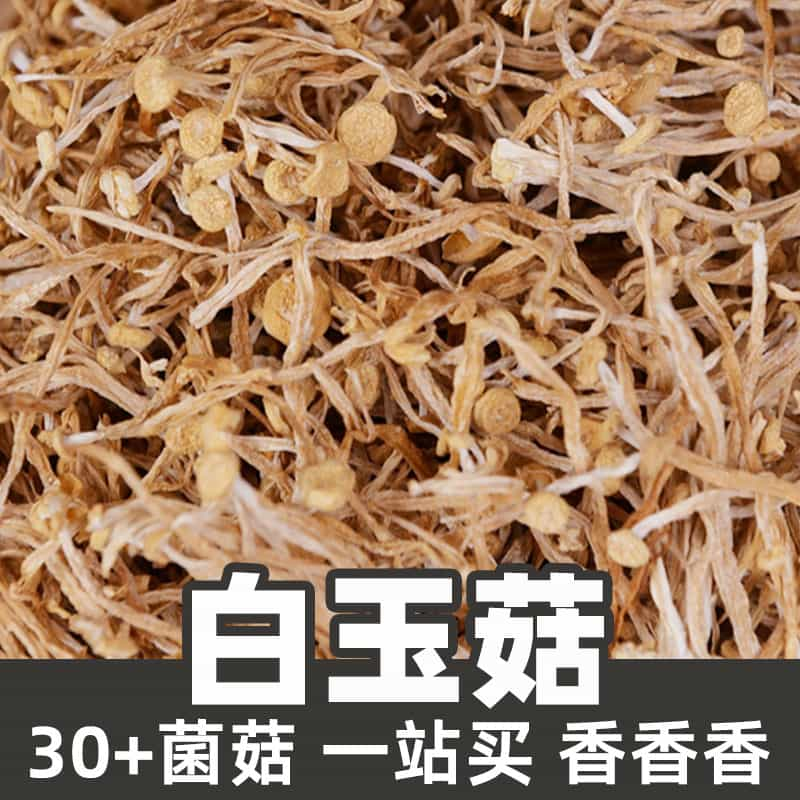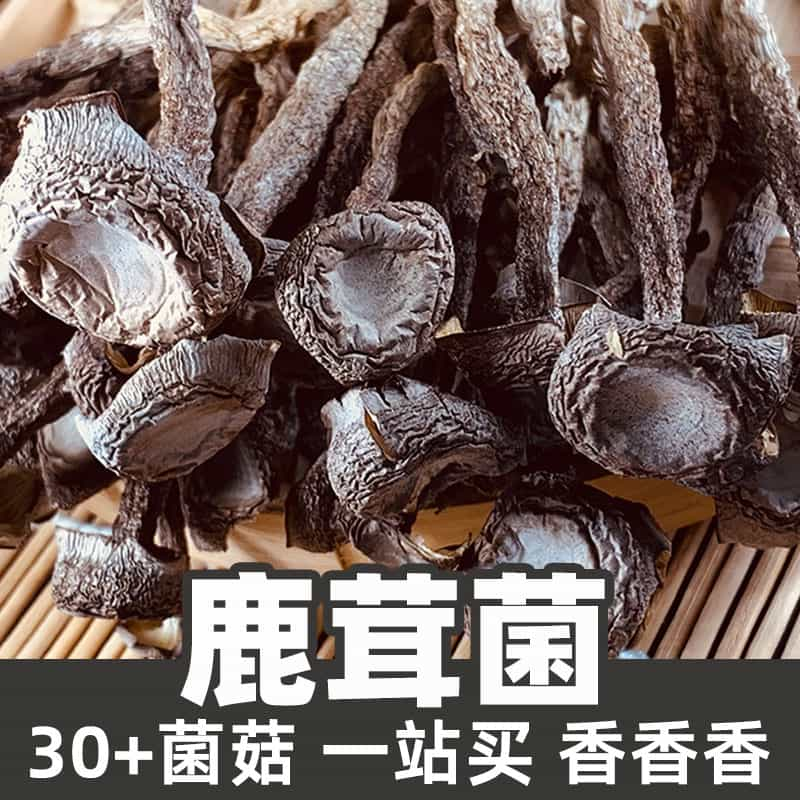Fomitopsis officinalis, commonly known as Agarikon, is a polypore fungus that has captured the attention of herbal medicine practitioners and researchers alike due to its unique properties and historical significance. Traditionally found in older forests, particularly in decaying coniferous wood, this mushroom has been utilized since ancient times, especially in regions with rich biodiversity where it grows plentifully. The historical use of Fomitopsis officinalis spans multiple cultures, where it was often considered both a medicinal and ritualistic tool due to its perceived health benefits.
The main components of this fungus include various bioactive substances that contribute to its health-boosting potential. Many studies have focused on the polysaccharides and triterpenes found within Fomitopsis officinalis, which are thought to exhibit immunomodulatory, antiviral, and antioxidant properties. The mushroom's broad applications in traditional settings have sparked scientific curiosity, leading to a growing interest in its therapeutic possibilities. While much is known about its historical uses, contemporary research continues to explore the depth of Fomitopsis officinalis, aiming to unlock its full potential in modern medicine.
The nutritional composition of Fomitopsis officinalis is marked by its rich variety of bioactive compounds. Key components include polysaccharides, which are known for their ability to enhance immune response and provide various health benefits. These long-chain carbohydrates can stimulate the activity of immune cells, potentially improving the body's ability to fend off infections. In addition to polysaccharides, Fomitopsis officinalis contains triterpenes, compounds that have been associated with anti-inflammatory and anticancer effects in various studies. These compounds work at the cellular level to modulate biological responses, making the mushroom a subject of interest in both preventive health and therapeutic applications.
Furthermore, phenolic compounds in Fomitopsis officinalis contribute to its antioxidant profile, helping to neutralize free radicals and reduce oxidative stress in the body. The combination of these active ingredients supports the mushroom's historical claims of promoting overall health and vitality. The nutritional composition highlights its potential as a herbal supplement, accompanying a lifestyle focused on holistic health. Users often seek Fomitopsis officinalis for its perceived benefits in enhancing immune function and may incorporate it into different forms like teas, powders, or capsules for convenience.
The applications of Fomitopsis officinalis extend far beyond its traditional use as a herbal remedy. In herbal medicine, this mushroom is often harnessed for its immune-boosting properties, making it a popular choice for individuals looking to enhance their overall wellness, especially during flu season or periods of high stress. It is also explored for its potential role in supporting respiratory health, which is particularly relevant in the context of environmental pollutants and airborne pathogens.
In analytical and experimental settings, Fomitopsis officinalis is examined for its bioactive compounds, aiming to establish a scientific basis for its traditional use. Its extracts may be used in developing new supplements or pharmaceutical products focusing on immune modulation and respiratory support. In the culinary arena, although not widely consumed due to its tough texture, some enthusiasts incorporate dried segments into broths or concoctions for flavor and health benefits.
Fomitopsis officinalis is primarily found in temperate forests, thriving in the decaying wood of coniferous trees. It prefers moist environments and is often located in areas that experience high humidity, such as coastal regions or ancient woodlands. This polypore fungus typically emerges on dying or dead trees, feeding on the lignin and cellulose within the wood, which is essential for its growth and survival.
Geographically, it is most prevalent in the northern hemisphere, particularly in regions such as North America and parts of Europe and Asia. In these areas, it can be spotted growing on the remains of conifer species like fir and spruce. The ecological role of Fomitopsis officinalis is significant, as it helps decompose organic materials and recycle nutrients within forest ecosystems.
Considering its limited availability and specific habitat requirements, the mushroom is often viewed as a valuable resource within its native range. Conservation efforts in areas where it flourishes are essential to ensure the sustainability of this unique fungus, which provides not only ecological benefits but also potential health advantages for human use.
Harvesting Fomitopsis officinalis involves careful methods to preserve its integrity and chemical constituents. Mushrooms are typically harvested during their fruiting phase when they are at their peak and most potent. Collectors often use handheld tools to gently detach the growth from the wood, minimizing damage to both the fungus and the host tree. It is crucial to avoid overharvesting to maintain wild populations.
Once harvested, Fomitopsis officinalis can undergo various processing methods to prepare it for use. Common practices involve drying the fruiting bodies to reduce moisture content, which helps prevent spoilage and preserves the active ingredients. Dried specimens can be ground into a fine powder or left in larger chunks for brewing teas or creating tinctures.
Proper storage is vital to maintain the quality of Fomitopsis officinalis. It should be kept in a cool, dry place away from light, which can degrade its active compounds over time. When stored correctly, dried mushrooms can maintain their effectiveness for several months or even years, allowing users to enjoy their benefits long after harvesting. It is recommended to use airtight containers to protect against moisture and pests, ensuring the longevity and potency of this remarkable fungus.
Monica Sun is a seasoned expert in the natural raw materials industry, with over a decade of experience specializing in traditional Chinese medicinal herbs, spices, and fungi. She is skilled in the sourcing, processing, and application of these materials, emphasizing sustainability and innovation. Monica Sun has contributed to the development of high-quality natural raw materials that serve as essential components in functional foods, pharmaceuticals, and cosmetics, delivering tailored solutions to meet diverse market needs.

















